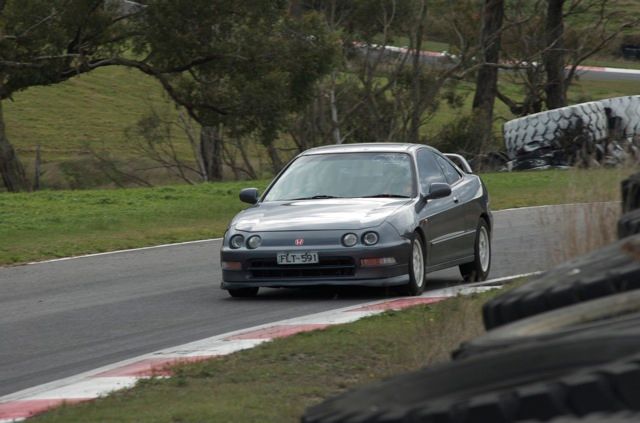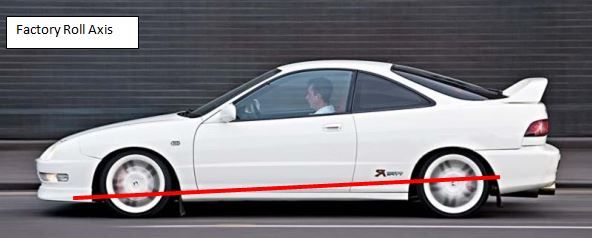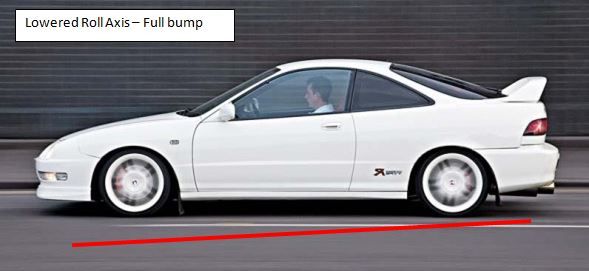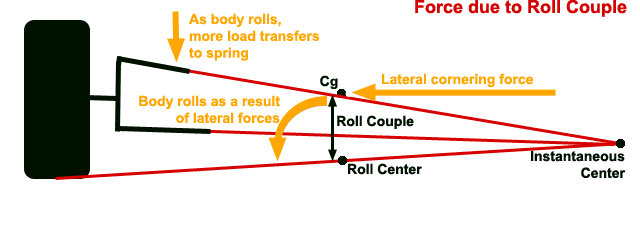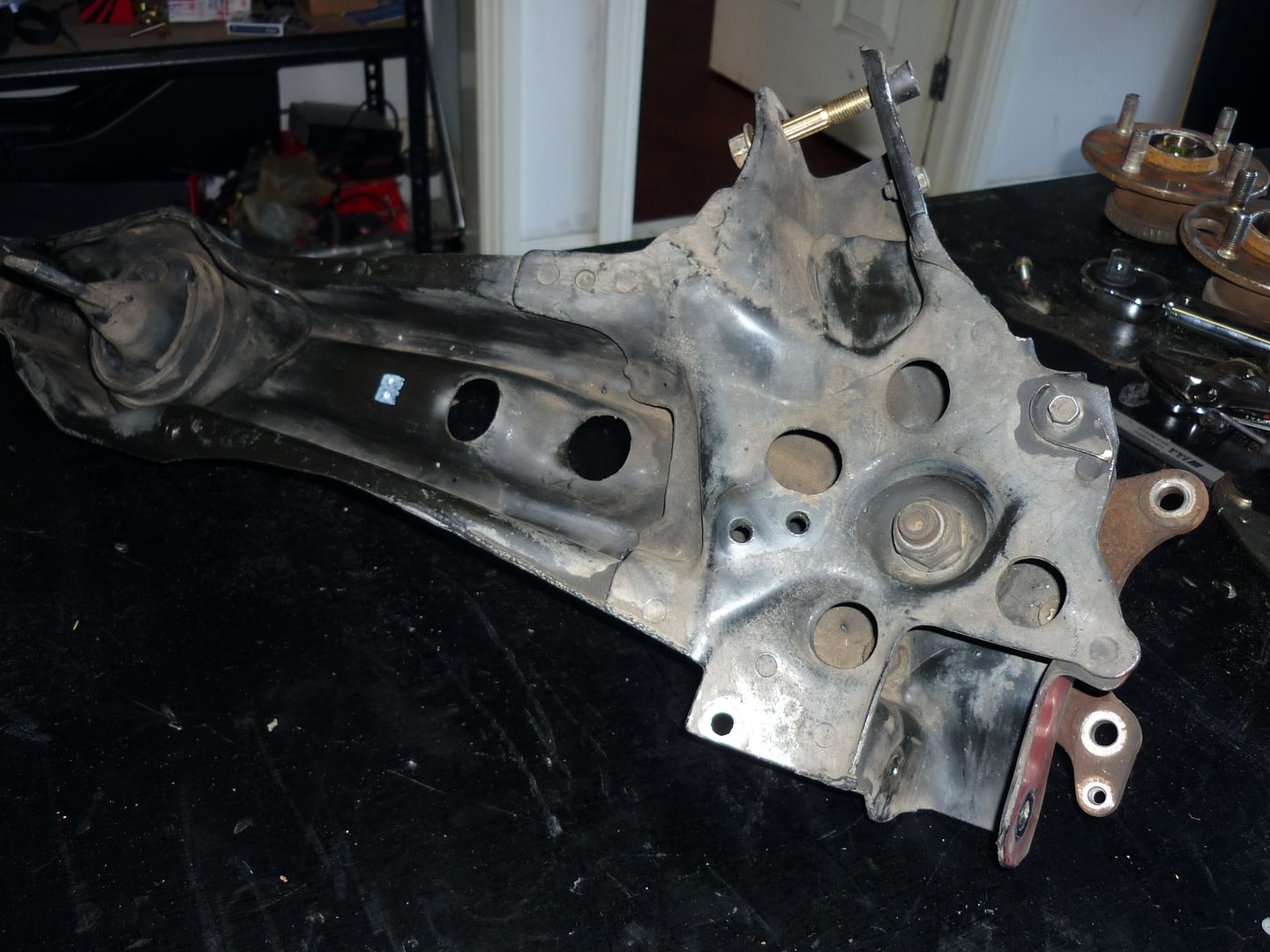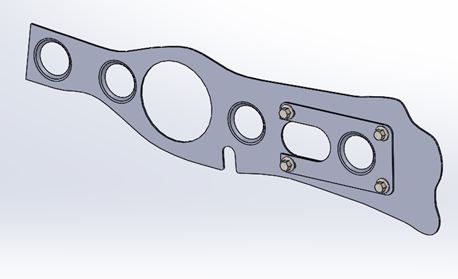**This post has been transferred from my long running build thread on Honda-Tech.**
I’m going to re-post the thread on this site for the benefit of the people that are not active in the forums but will still appreciate the content.
The photos might not be as good as the more recent posts but there’s still some great content
If you’re interested in the Sedan build you’ll want to read up on the DC2 as well!
A lot of the customs parts such as the tie rod ends, brake booster delete and rear trailing arm modifications were developed on this DC2 Chassis
Enjoy the read
Cheers Grant
So last week I posted a couple of screen shots from Susprog3d a cost effective Suspension analysis program I have used to model the Dc2’s suspension.
I’d like to tell you I used a co-ordinate measurement machine to measure all the points, (I did briefly consider it) but in the end the measurements were taken with tape measure, steel rule, string line and steely eyeball.
I’m confident the dimensions are accurate enough for my purposes and that the model truthfully represents the dc2 suspension
The dc2 runs double wishbone suspension up front with a unique trailing arm set up in the rear that features a camber arm, lateral link and a forward toe arm.
You can see these features are represented in the suspension model.
Susprog doesn’t have a polished user interface and requires the user to do a bit of work to get the information presented in useful form.
The benefit of this is that you have the flexibly to plot the data anyway you like.
I’ve now got Camber, Toe and Roll Centre data for the front and rear suspension and this information will help reduce the confusion when ironing out handling issues.
My main motivation for measuring up the DC2 was to investigate roll centre placement and find out what the roll axis is up to with changes with bump and droop.
It was this photo of my car at Haunted Hills combined with my experience in the car at Winton that kept nagging at my inner Engineer to find out what the car is doing
I’ve put the next three images together to illustrate what I found
At near stock ride height the factory roll centre front and rear are both well above ground level and the roll axis slopes downward toward the front of the car. This is generally accepted as the desirable set up for predictable handling
I found that as ride height was reduced the roll centres moved downward with the rear actually having greater vertical movement (due to the arch of the shorter links) this results in an almost flat roll axis at ride height.
If you look at the pictures of my car you can see that it is not excessively low yet that car is what i based my “lowered” ride height on.
The problem occurs when the car goes into bump. The front RC plunges below ground level and leaves us with a long roll couple. Roll couple being the distance from the car’s centre of gravity to its roll centre
White DC2 Pictures Originally from www.Fastcar.co.uk
In simple terms the greater the roll couple the lower the cars roll stiffness (geometrically).
If you’re having trouble following me, check out the link below.
https://www.youtube.com/watch?v=bLcDN-qCpYI#t=04m39s
Video of DC2 competing in Swiss Hillclimb 2013
In the video the dc2 is comes into the right hander heavy on the brakes, all the weight is transferred to the front and the front suspension is compressed in bump. As the driver turns in, the car pitches about its roll axis, overloading the front left. This contributes to the car understeering and delays the driver from getting back on the throttle. For the sake of this discussion let’s not argue over driver technique.
The relationship between the centre of gravity of the car, its roll centre and roll couple is shown in this handy diagram I have borrowed from elsewhere on the web.
Now what?
Well I can buy front roll centre adjusters from Hardrace or Mfactory or J’s which is great and i’ll be picking some of those up in the next week or so.
The problem is, if you just increase the front roll centre, you will end up with an inclined roll axis toward the front of the car.
I think maybe the reason roll centre correction parts get mixed reviews on the forums is because although they reduce the roll couple across the front axle the resultant car is unbalanced
I believe the common practice of running high rear spring rates on Dc2 is reflective of this.
My plan:
I can correct my rear roll centre by modifying where the rear LCA mounts to the rear upright
I brought myself a set of trailing arms and measured them up
I have designed a weld on bracket to drop the outer LCA mount
While I’ve got the welder out I figured I might as well gusset the inside of the trailing arms to increase their stiffness.
The removable plate is there to enable the handbrake cable to be fitted
Everything is ordered and I should have the trailing arms fitted sometime in the next few weeks.
I could be totally wrong about everything, after all thousands of people have been campaigning dc2s in all forms of motorsport all over the world with no issues. This is just something that I find interesting and it will be satisfying if it works.
Thanks!

